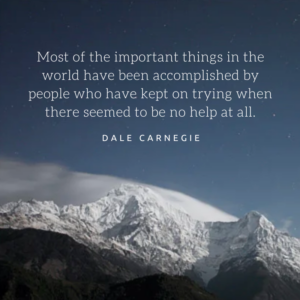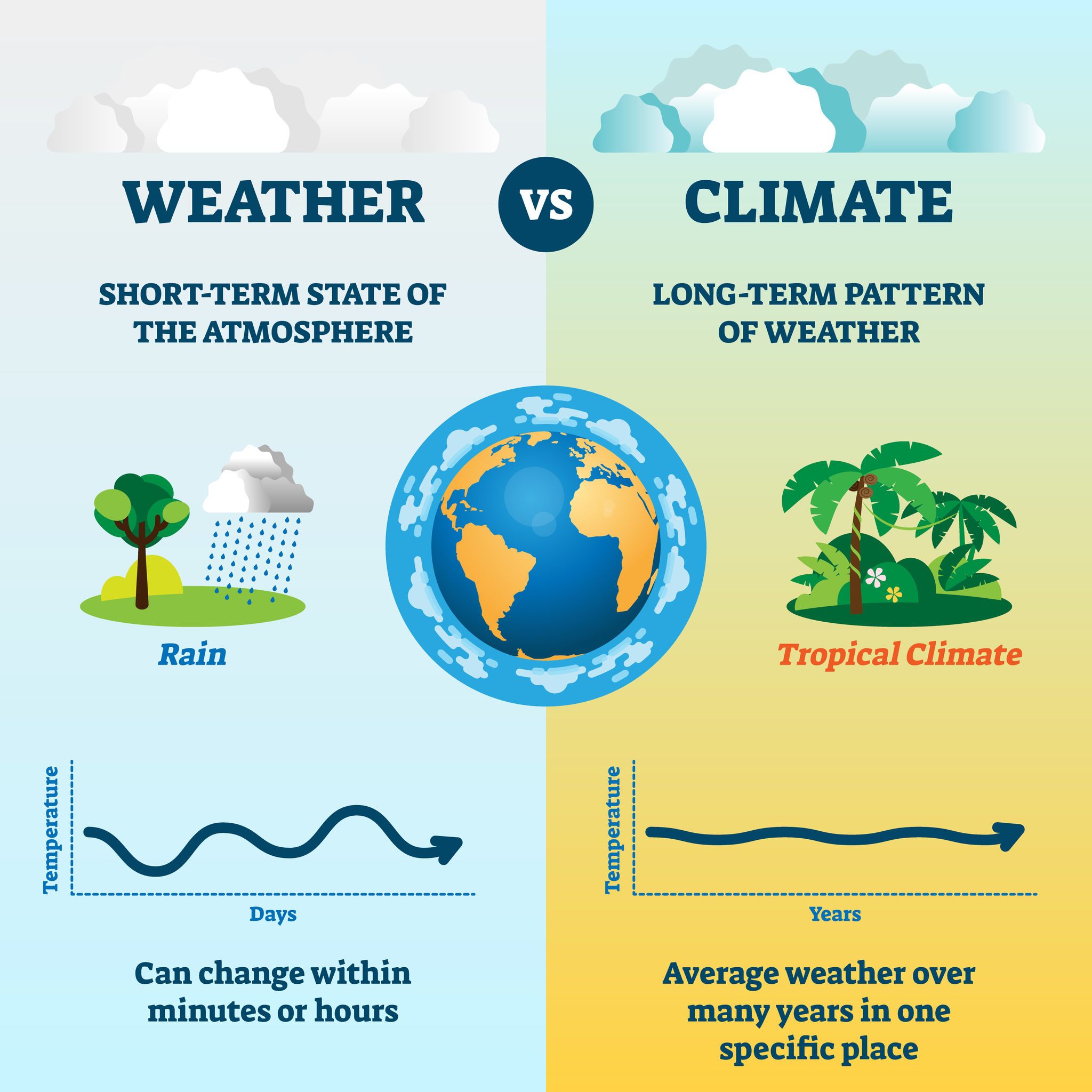Amanda Mongillo


Hello!
I am so excited to continue my journey of teaching 6th grade science! I am originally from North Carolina. I have been teaching 6-8th grade science for 9 years. I have my bachelors in Elementary Education with a concentration in Science Education from East Carolina University. I have a Master’s in Curriculum and Instruction with a focus on STEM Education from Concordia University – Portland.
I have a passion to get students engaged in STEM at an early age. I’ve created district-wide clubs in the past that get students out in the community to learn from local people in science.
In my spare time, I enjoy reading, knitting, baking bread, hiking with my family, and traveling.

Schedule
-
8:05-8:55 Period 1
-
9:00-9:50 Period 2
Planning Period
-
9:55-10:45 Period 3
-
10:50-11:45 Period 4
-
11:45-12:20 6th Grade Lunch
-
12:25-12:35 Cub Companion
-
12:40-1:30 Period 5
-
1:35-2:25 Period 6
-
2:30-2:50 Advisor (T-F)
Geology on Mars (GOM)
Unit Question: How can we search for evidence that other planets were once habitable?
NGSS Disciplinary Core Ideas
- ESS1.B: Earth and the Solar System:
- The solar system consists of the sun and a collection of objects, including planets, their moons, and asteroids that are held in orbit around the sun by its gravitational pull on them. (MS-ESS1-2), (MS- ESS1-3)
- ESS2.A: Earth’s Materials and Systems:
- The planet’s systems interact over scales that range from microscopic to global in size, and they operate over fractions of a second to billions of years. These interactions have shaped Earth’s history and will determine its future. (MS-ESS2-2)
Additional Resources
SciShowKids – How Will Humans Live on Mars?
Kids Discover Online – Mars
PBS – Science Trek | Mars
Earth, Moon, Sun (EMS)
Unit Question: How can an astrophotographer plan for the best times to take photos of specific features on the Moon?
Chapter 1: Why is there a border between the light and dark on the Moon?
Chapter 2: Why does the border between the light and dark on the Moon change location?
Chapter 3: What are the conditions that cause a lunar eclipse?
NGSS Disciplinary Core Ideas
- MS-ESS1-1: Develop and use a model of the Earth-sun-moon system to describe the cyclic patterns of lunar phases, eclipses of the sun and moon, and seasons.
- MS-ESS1-2: Develop and use a model to describe the role of gravity in the motions within galaxies and the solar system.
- MS-ESS1-3: Analyze and interpret data to determine scale properties of objects in the solar system.
Additional Resources:
- Why do we have seasons? https://m.youtube.com/watch?v=oczCANUdEh4
- Solar Eclipse vs Lunar Eclipse https://www.youtube.com/watch?v=LIwtpUgTPss
- Terminator on the Moon: https://www.youtube.com/watch?v=IOWHg5Bf7Ro
- Moon Phases – PBS
Plate Motion (PM)
Unit Question: Why are fossils of Mesosaurus separated by thousands of kilometers of ocean when the species once lived all together?
Chapter 1: What is the land like where Mesosaurus fossils are found?
Chapter 2: How did the South American Plate and African Plate move?
Chapter 3: How did the Mesosaurus fossils on the South American Plate and African Plate get so far apart?
NGSS Disciplinary Core Ideas
- MS-ESS1-4: Construct a scientific explanation based on evidence from rock strata for how the geologic time scale is used to organize Earth’s 4.6 billion-year-old history
- MS-ESS2-2: Construct an explanation based on evidence for how geoscience processes have changed Earth’s surface at varying time and spatial scales.
- MS-ESS2-3: Analyze and interpret data on the distribution of fossils and rocks, continental shapes, and seafloor structures to provide evidence of the past plate motions.
Additional Resources
- Amplify Video Lessons on YouTube L1.2
- Amplify Video Lessons on Youtube L1.3
- Structure of the Earth – YouTube
Rock Transformation (RT)
Unit Question: Why are rock samples from the Great Plains and from the Rocky Mountains composed of such similar minerals, when they look so different and come from different areas?
Chapter 1: How did the rock of the Great Plains and the Rocky Mountains form?
Chapter 2: Where did the magma and sediment that formed the rock of the Great Plains and the rock of the Rocky Mountains come from?
Chapter 3: How could rock from one of the regions have transformed into a different type of rock in the other region?
NGSS Disciplinary Core Ideas
- MS-ESS2-1. Develop a model to describe the cycling of Earth’s materials and the flow of energy that drives this process.
- MS-ESS2-2: Construct an explanation based on evidence for how geoscience processes have changed Earth’s surface at varying time and spatial scales.
- MS-ESS3-1: Construct a scientific explanation based on evidence for how the uneven distributions of Earth’s mineral, energy, and groundwater resources are the result of past and current geoscience processes.
Additional Resources

Ocean, Atmosphere, and Climate (OAC)
Unit Question: During El Niño years, why is Christchurch, New Zealand’s air temperature cooler than usual?
Chapter 1: What determines the air temperature of Christchurch, New Zealand?
Chapter 2: Other than latitude, what else affects the air temperature of Christchurch?
Chapter 3: What determines how the ocean currents near Christchurch move?
NGSS Disciplinary Core Ideas
- MS-ESS2-6. Develop and use a model to describe how unequal heating and rotation of the Earth cause patterns of atmospheric and oceanic circulation that determine regional climates.
Additional Resources

Weather Patterns (WP)
Unit Question: Why do some rainstorms have more rain than others?
Chapter 1: What causes the rainfall in Galetown?
Chapter 2: Why is the amount of rain in Galetown different from storm to storm?
Chapter 3: Why did the most recent storm in Galetown have the greatest amount of rain?
NGSS Disciplinary Core Ideas
- ESS2.A: Earth’s Materials and Systems:
All Earth processes are the result of energy flowing and matter cycling within and among the planet’s systems.
This energy is derived from the sun and Earth’s hot interior. The energy that flows and matter that cycles
produce chemical and physical changes in Earth’s materials and living organisms. (MS-ESS2-1)
- ESS2.C: The Roles of Water in Earth’s Surface Processes:
Water continually cycles among land, ocean, and atmosphere via transpiration, evaporation, condensation
and crystallization, and precipitation, as well as downhill flows on land. (MS-ESS2-4)
Additional Resources
Earth's Changing Climate (ECC)
Unit Question: What causes climate change?
Chapter 1: Why is the ice on Earth’s surface melting?
Chapter 2: Why do temperatures on Earth increase when the amount of carbon dioxide or methane in the Earth system increases?
Chapter 3: What can be done to stop the carbon dioxide and methane in Earth’s atmosphere from increasing?
NGSS Disciplinary Core Ideas
- ESS2.A: Earth’s Materials and Systems:
- All Earth processes are the result of energy flowing and matter cycling within and among the planet’s systems.
This energy is derived from the sun and Earth’s hot interior. The energy that flows and matter that cycles
produce chemical and physical changes in Earth’s materials and living organisms.
- ESS2.D: Weather and Climate
- Weather and climate are influenced by interactions involving sunlight, the ocean, the atmosphere, ice, landforms, and living things. These interactions vary with latitude, altitude, and local and regional geography, all of which can affect oceanic and atmospheric flow patterns. (MS-ESS2-6)
- Because these patterns are so complex, weather can only be predicted probabilistically. (MS-ESS2-5)
- The ocean exerts a major influence on weather and climate by absorbing energy from the sun, releasing it over time, and globally redistributing it through ocean currents. (MS-ESS2-6)
Additional Resources




